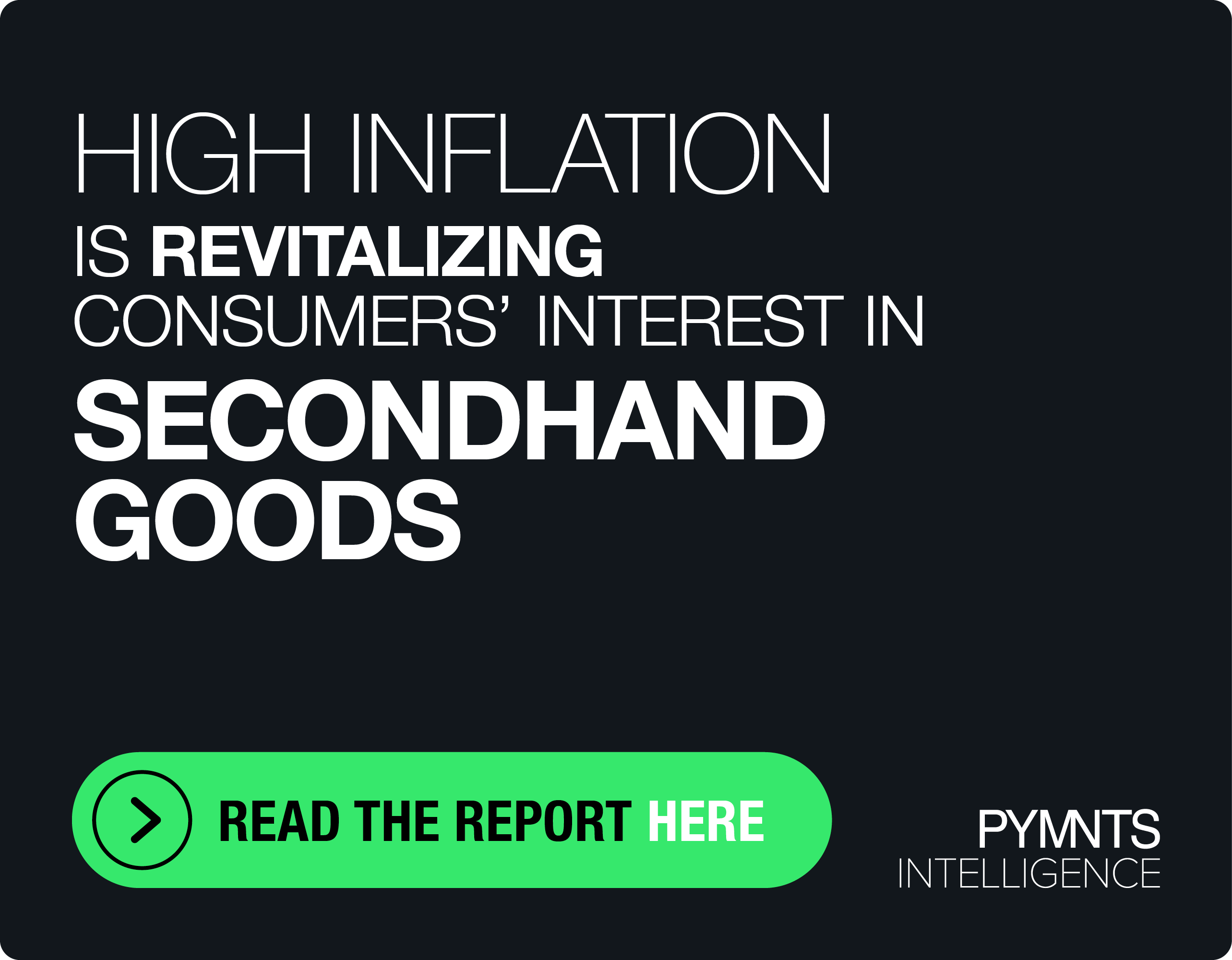Payments Firm Oy! Indonesia Lands $30M Series A

The payments aggregator Oy! Indonesia has concluded a $30 million Series A funding round led by Japan’s SoftBank.
As the website Fintech Futures reported on Friday (Sept. 24), the round will allow Oy! Indonesia to expand its business in Indonesia while also launching a new stage of growth.
Founded in 2018, the company says it already has one million active users in its system, which lets businesses send or receive funds digitally at the point of sale.
“We believe that this growth must be guided by the commitment to realize the vision of Oy! Indonesia as the best and the most comprehensive money movement aggregator infrastructure provider in Indonesia,” said company Founder Jesayas Ferdinandus.
Joining SoftBank in investing in the funding round were MDI, Pavilion Capital, AC Venture and CCV, among others.
Oy! Indonesia’s announcement came a little more than a week after another Indonesian payments firm, Xendit, wrapped up a $150 million Series C round.
Read more: Xendit Snags $150M in Series C Funding for SE Asia Digital Payment Infrastructure Enhancements
As PYMNTS reported at the time, that funding round brought the amount of money raised by the firm to the $1 billion mark, making Xendit a rare unicorn for the region. The round was led by Tiger Global Management, with assistance from Accel, Amasia and Justin Kan’s Goat Capital.
Xendit said it will use the money to develop its new and existing products and will attempt to expand into “select countries” throughout Southeast Asia, where 70% of the 580 million people online in the region live.
“We’re seeing an incredible shift to digital-first,” said Moses Lo, co-founder and CEO of Xendit. “Whether the business is a small Instagram shop or Southeast Asia’s largest enterprises, it’s now clear that businesses need to have a digital presence.”
Read more: Got Rails? For Indonesia’s Xendit, Infrastructure Is Baked Into the Business Model
In an interview with PYMNTS, Lo spoke about the importance of infrastructure to countries looking to transition to a digital/service economy.
“You need infrastructure on the digital side and that didn’t exist,” he said. “So we pivoted into this and realized that to build the pipes, to build reliable payments, we had to build it ourselves.”
